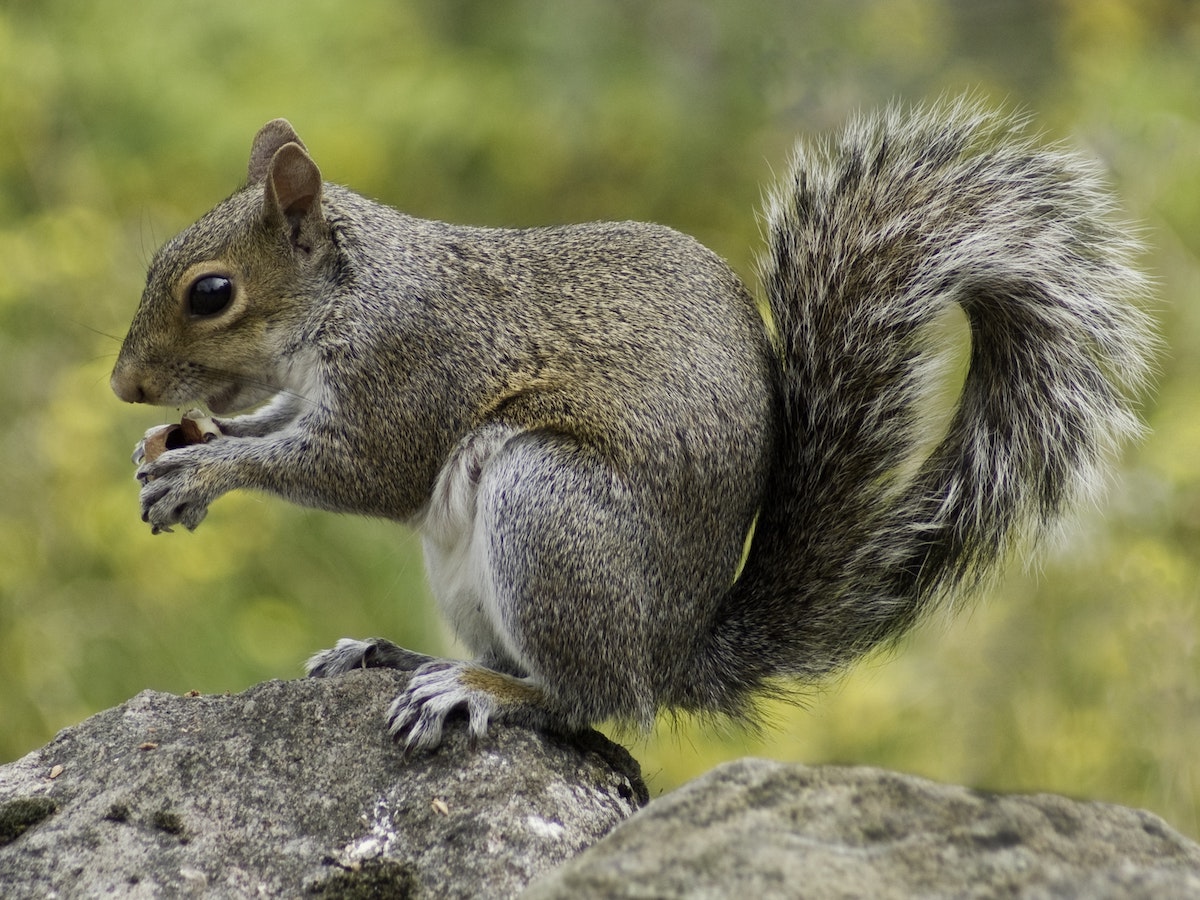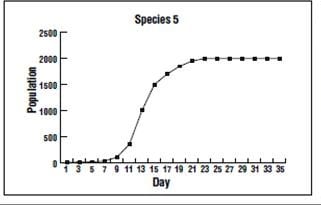The smallest level of organization studied in Ecology.
What is organism?
What are producers?
An interaction in which one organism captures and feeds on another.
What is predation?
The type of succession that occurs slowly, over hundreds or thousands of years.
What is primary succession?

The kangaroo rat, grasshopper and rabbit in this food web.
What are primary consumers?
A group of organisms all from the same species.
What is a population?
Organisms that eat to obtain energy.
What are consumers?
When members of the same community struggle for the same resources.
What is competition?
The type of succession that occurs quicker. It only takes about 50 years.
What is secondary succession?
Squirrels collect acorns and provide food to larger predators. This is an example of the squirrels _____.
What is niche?
The non-living parts of an ecosystem.
What are abiotic factors?
An organism that breaks down organic materials and returns the essential nutrients to the environment.
When both organisms benefit from the relationship.
What is mutualism?
The species that are the first to colonize newly created environments.
Pioneer species
The carrying capacity of the species in the line graph below.

What is 2,000?
A defined area that includes a community and the non-living parts of the area.
What is an ecosystem?
A complex model that links all of the food chains in an ecosystem. It is a more accurate representation of energy flow than a food chain.
What is a food web?
When one organism benefits but the other is not affected.
What is commensalism?
The type of succession that occurs after a wildfire.
What is secondary succession?
An example of this is a spotted lantern fly. These are non-native organisms that damage the local ecosystem.
What is an invasive species?
The 6 major biomes on Earth.
What are deciduous forest, rainforest, desert, grassland, tundra, and coniferous forest.
The rule that states the amount of energy transferred between trophic levels in ecosystems.
What is the 10% rule?
An abiotic or biotic factor that restricts the existence, numbers, reproduction or distribution of organisms.
What is a limiting factor?
The variety of species living in an area.
What is biodiversity?
Food Web A has more of this than food web B.

What is biodiversity?